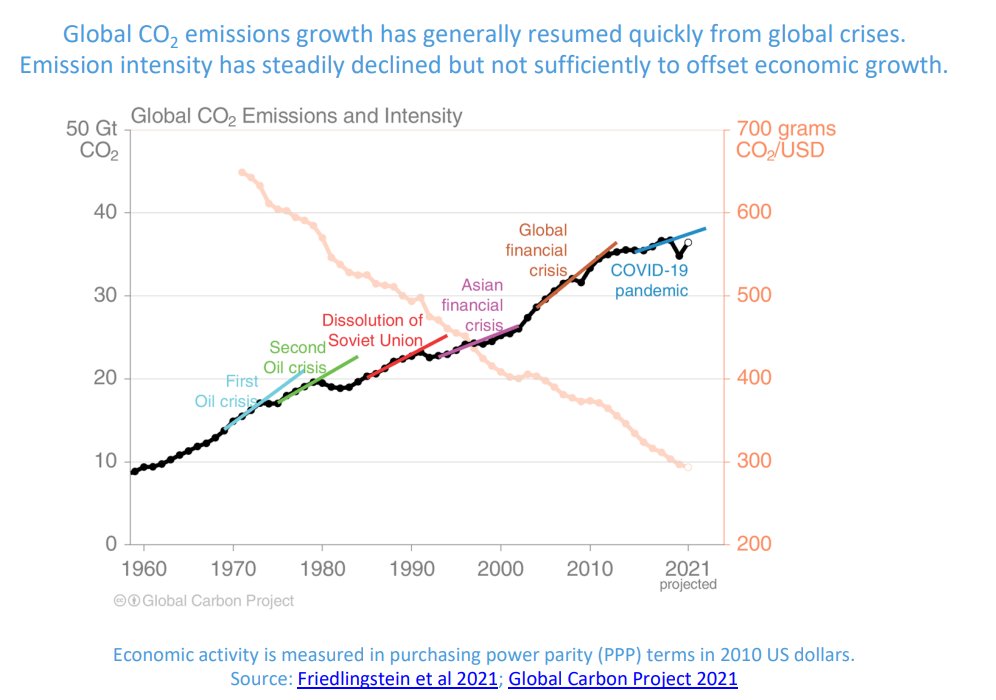Climate, Planning, Economy. Tips 51+
0↓
Contents #51
- #51: Start each day with a minute of silence for the climate dead
- #52: Climate tipping points — too risky to bet against
- #53: Permafrost Melting 70 Years early
- #54: Don’t sneer at cheap tiny homes
- #55: Growth limited by carbon budgets
- #56: Keep a watch on Arctic sea-ice
- #57: Watch for extreme weather events
- #58: Bike is best
- #59: Cargo bikes for local deliveries
- #60: Greenhouse emissions did this
Goto 1 11 21 31 41 51 61 71 81 91
↑ #51: Start each day with a minute of silence for the climate dead
↑ #52: Climate tipping points — too risky to bet against
↑ #53: Permafrost melting 70 years early
↑ #54: Don’t sneer at cheap tiny homes
The perfect is the enemy of the good.
↑ #55: Growth limited by carbon budgets

“If the power station switches from coal to wind, my electricity-related emissions drop by 90% without me doing anything.”
Comment by convictstreak on Tamino’s Open Mind blog
To get all power stations to do that switch cannot be done quickly. Each switch would contribute to reducing the carbon intensity of our emissions. BUT …
The greenhouse gas intensity of production worldwide hasn’t been falling fast enough to allow much (or any) growth in GDP and still be within remaining carbon budgets to keep Global Mean Surface Temperatures below 1.5°C.
The graph on intensity in the latest Global Carbon Budget shows it coming down in a linear fashion – Zero appears to be in 2065. That’s 43 years from the beginning of 2022.
Emissions in 2021 were 33.0 GtCO2.
This means if we have no economic growth and intensity keeps falling at this rate, CO2 emitted will be 33.0*43/2 GtCO2 =710 GtCO2.
According to IPCC AR6 figures (updated for 2022 by the Global Carbon Project) the remaining carbon budget for 1.5°C with a 50% chance is 420 GTCO2. However, if this estimate is similarly updated for a 66% chance, the remaining carbon budget is 334 GtCO2.
So twice over budget for a 66% chance of keeping GMST within a 1.5°C rise.
And 69% over budget for a 50% chance.
But GDP is on a steep upward trend, so are CO2 emissions. Degrowth is needed now.
Degrowth – a fall in GDP – should concentrate on those with emissions higher than the world average.
Per person:
China’s emissions are 64% above average.
USA’s emissions are 216% above average
↑ #56: Keep a watch on Arctic sea ice
↑ #57: Watch for extreme weather events
↑ #58: Bike is best
↑ #59: Cargo bikes for local deliveries
↑ #60: Greenhouse emissions did this
TrackBack URL :
